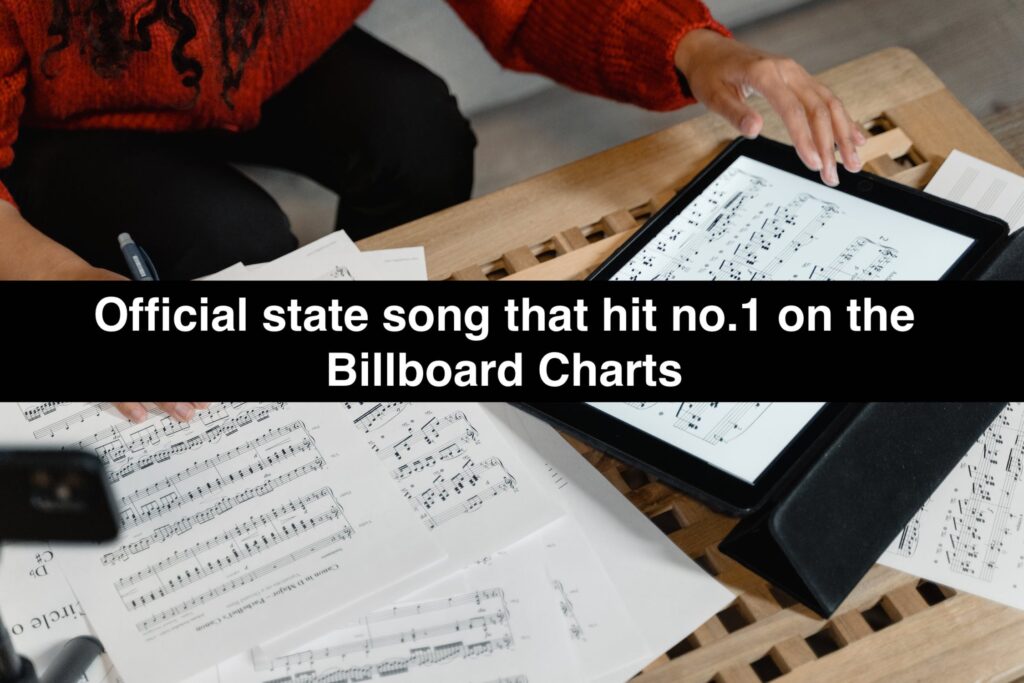State songs hold a unique position in representing the cultural heritage and identity of a region. These musical compositions have the power to evoke a sense of pride, unity, and nostalgia among the residents. But what distinguishes a good state song from the rest? In this article, we will explore the essential characteristics that contribute to the creation of a memorable state song, capable of resonating with the hearts of its people.
Reflects the State’s Spirit and Values
A remarkable state song should encapsulate the essence of the state it represents. It should capture the spirit, history, and cultural values unique to that region. The lyrics and melody should evoke a strong emotional connection, igniting a sense of pride and belonging among its listeners. By encompassing the state’s natural beauty, notable landmarks, historical events, and the aspirations of its people, a good state song can serve as a powerful anthem that unifies its residents.
Memorable Melody and Catchy Lyrics
One of the hallmarks of a great state song is its ability to create a memorable melody that lingers in the minds of listeners. A catchy tune that is easy to sing along with can quickly become ingrained in the collective memory of a community. Similarly, the lyrics should be well-crafted, telling a compelling story or expressing meaningful sentiments that resonate with the audience. Clever wordplay, relatable themes, and poetic imagery can all contribute to the lasting impact of a state song.
Timeless and Enduring
A good state song has the ability to transcend time, remaining relevant and cherished across generations. It should possess a timeless quality that allows it to be embraced by both young and old. By avoiding trends and focusing on universal themes, the song can withstand the test of time, symbolizing the everlasting pride and love for one’s state.
Versatile and Adaptable
Flexibility is an essential characteristic of a good state song. It should be adaptable to various musical arrangements, allowing for different interpretations and performances. Whether it is a rousing orchestral rendition, a spirited marching band arrangement, or an intimate acoustic rendition, the song should be able to adapt to different musical genres while maintaining its core essence.
Sing-Along Factor
A successful state song encourages participation and invites people to sing along. By incorporating simple and memorable choruses or refrains, the song becomes an anthem that can be joyously sung by crowds during public events, gatherings, or even at sporting events. The sing-along factor not only creates a sense of unity but also establishes a strong connection between the residents and the state’s cultural heritage.
Emotional Impact
Emotions are at the heart of a good state song. It should have the power to stir deep feelings of pride, nostalgia, and loyalty. Whether it’s a surge of excitement during an uplifting chorus or a heartfelt moment of reflection, the song should be able to evoke a range of emotions, forging a profound bond between the listener and their state.
A good state song possesses a combination of essential characteristics that make it memorable, timeless, and emotionally resonant. By reflecting the state’s spirit and values, featuring a memorable melody and catchy lyrics, remaining versatile and adaptable, encouraging sing-alongs, and delivering an emotional impact, a state song can become a cherished symbol that represents the collective identity of a region. These songs have the remarkable ability to unite communities, instill pride, and celebrate the unique cultural heritage of a state, creating a musical legacy that endures for generations to come.




